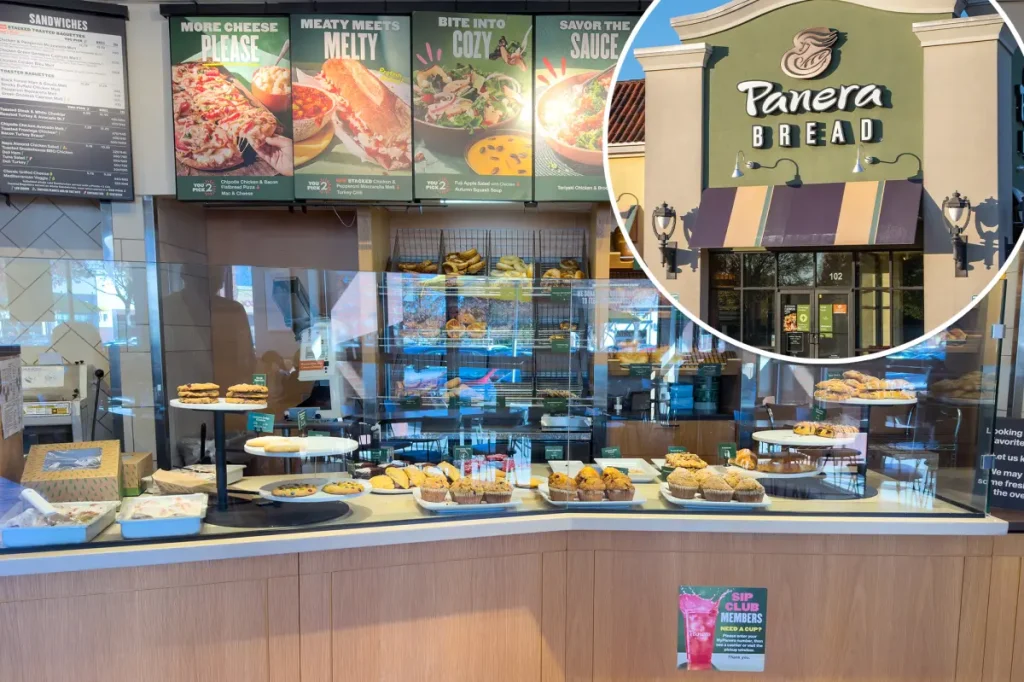Panera Bread Launches Ambitious Transformation to Reignite Growth
In a bold move to reverse stagnating sales and recapture customer interest, Panera Bread is embarking on a comprehensive multimillion-dollar initiative called “Panera RISE.” The fast-casual chain, known for its artisan breads, soups, and salads, aims to boost its systemwide sales from the current $6 billion to more than $7 billion by 2028. This ambitious turnaround strategy comes at a critical time, as Panera faces the harsh reality that its U.S. sales—which peaked at $6.5 billion in 2023—and store count have remained relatively flat in recent years. CEO Paul Carbone has expressed confidence in the plan, stating, “As we transform our business, we are investing in four strategic pillars that put the guest at the very center of everything we do.” The company believes it has already made significant progress in strengthening its foundation, setting the stage for this new phase of growth and innovation.
The transformation strategy focuses on four key areas: refreshing the menu, enhancing value proposition, improving customer experience, and expanding the restaurant network. With 2,239 bakery-cafes across North America (both company-owned and franchised), Panera plans to build new locations while modernizing existing ones to ensure consistent operational excellence throughout its entire portfolio. Although specific details about new location designs haven’t been disclosed, the company has emphasized its commitment to creating inviting spaces that resonate with today’s consumers. Menu innovation stands as another crucial component, with plans to elevate food offerings across all dayparts by incorporating “abundant, flavorful and distinctive, high-quality ingredients.” Panera is particularly focused on enhancing its bakery and beverage options, which have long been cornerstones of its brand identity.
Affordability represents another critical aspect of Panera’s revival strategy. The chain has pledged to maintain a “variety of price points” to ensure its menu remains accessible to a broad customer base—addressing a common criticism that fast-casual restaurants have become too expensive for regular visits. This balanced pricing approach aims to attract both value-conscious customers and those willing to pay premium prices for quality ingredients. Additionally, Panera plans to deploy more staff to front-of-house positions, enhancing the overall guest experience through improved service. This customer-centric approach reflects the company’s understanding that in today’s competitive restaurant landscape, exceptional service can be as important as food quality in driving repeat business and building brand loyalty.
Panera’s transformation initiative mirrors similar efforts across the restaurant industry, as major chains grapple with ongoing challenges including supply chain disruptions, rising labor costs, and declining customer traffic. The fast-casual segment, which once enjoyed robust growth by positioning itself between quick-service and full-service restaurants, has faced particular pressure as consumers become more price-sensitive and competition intensifies. Starbucks provides a parallel example of this industry-wide trend toward reinvention, with new CEO Brian Niccol recently announcing a “Back to Starbucks” turnaround program focused on driving traffic through operational improvements, store optimization, and innovation—themes that echo Panera’s own strategic priorities.
Other major restaurant chains are similarly pursuing strategic overhauls to regain their competitive edge. TGI Fridays is revamping its menu as part of its post-bankruptcy comeback strategy, while Hooters’ new ownership is updating both its menu and its brand image following its own bankruptcy proceedings. Dine Brands Global has taken yet another approach, strategically combining its morning-focused IHOP brand with evening-centric Applebee’s to create a dual-branded model that serves customers throughout all dayparts. According to Dine Brands CEO John Peyton, this creates a unique ability to capture breakfast, lunch, dinner, and late-night business “in a way that no other restaurant company can”—highlighting how different chains are finding unique paths to revitalization based on their specific strengths and market positions.
Panera’s transformation comes at a pivotal moment for both the company and the broader restaurant industry. As consumer preferences evolve and economic pressures mount, the ability to adapt while maintaining brand identity has become essential for sustained success. The “Panera RISE” initiative represents not just a business strategy but a recommitment to the company’s founding principles of serving high-quality food in welcoming environments—now adapted for today’s market realities. By focusing simultaneously on menu innovation, store modernization, value, and service, Panera is taking a holistic approach to revitalization. The coming years will reveal whether this comprehensive strategy succeeds in reigniting growth and strengthening Panera’s position in the competitive fast-casual landscape. For consumers, the transformation promises a refreshed Panera experience with more options, better value, and enhanced service—potentially rekindling relationships with loyal customers while attracting new ones to the brand.


